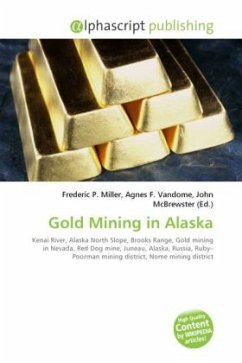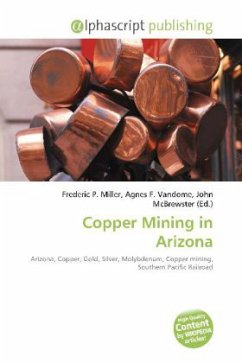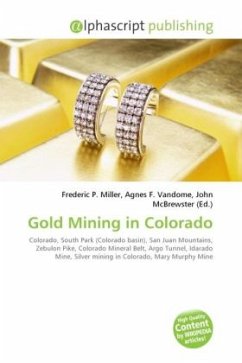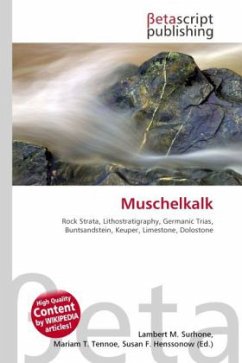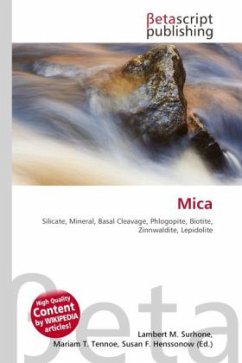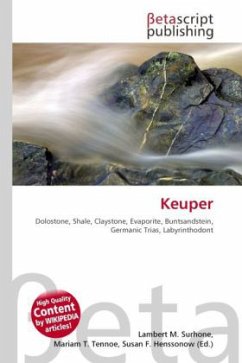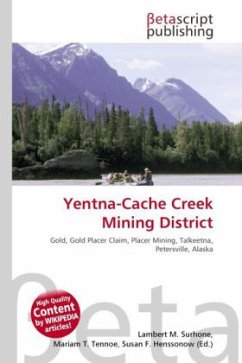
Yentna-Cache Creek Mining District
Versandkostenfrei!
Versandfertig in 6-10 Tagen
26,99 €
inkl. MwSt.

PAYBACK Punkte
13 °P sammeln!
High Quality Content by WIKIPEDIA articles! Gold was discovered in the Yentna Cache-Creek Mining District in the US state of Alaska (also known separately as the Yentna District or Cache Creek District) of the upper Susitna Valley in 1898, soon followed by claim staking. Placer mining was reported in the Cache Creek drainage of the Dutch Hills by 1906. Quaternary glaciofluvial deposits, alluvial deposits, and Tertiary conglomeratic white quartz-breccia units have been mined in the Dutch Hills. About 200,000 ounces (6.2 tonnes) of gold has been produced from these placer deposits. By 1927, a ro...
High Quality Content by WIKIPEDIA articles! Gold was discovered in the Yentna Cache-Creek Mining District in the US state of Alaska (also known separately as the Yentna District or Cache Creek District) of the upper Susitna Valley in 1898, soon followed by claim staking. Placer mining was reported in the Cache Creek drainage of the Dutch Hills by 1906. Quaternary glaciofluvial deposits, alluvial deposits, and Tertiary conglomeratic white quartz-breccia units have been mined in the Dutch Hills. About 200,000 ounces (6.2 tonnes) of gold has been produced from these placer deposits. By 1927, a road from Talkeetna was constructed into the mining area, known today as The Petersville Road. The abandoned mining camp of Petersville, Alaska served as the area Post Office for several years in the late 1920s and early 1930s. Two areas have been set aside for recreational gold mining, the North and South units of the Petersville State Recreation Mining Areas. Many smaller one-man and family placer mining operations continue today.



